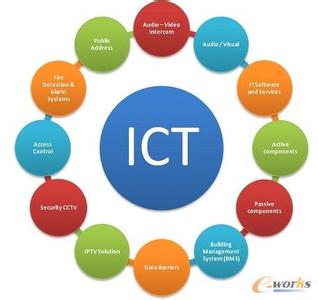The COVID-19 pandemic has exposed several weaknesses in the public health infrastructure, including supply chain mechanisms and public health ICT systems. The expansion of testing and contact tracing has been key to identifying and isolating infected individuals, as well as tracking and containing the spread of the virus. Digital technologies, such as telemedicine and virtual consultations, have experienced a surge in demand to provide medical support while minimizing the risk of transmission and infection. The pandemic has made it clear that cooperation, information sharing, and communication among stakeholders are crucial in making the right decisions and preventing future outbreaks. Redesigning public health systems for effective management of outbreaks should include five key elements: disease surveillance and early warning systems, contact tracing and case management, data analytics and visualization, communication and education, and telemedicine. As the world navigates the COVID-19 pandemic, healthcare ICT systems will play an increasingly important role in the future of healthcare delivery. In a post COVID-19 world, several ICT strategies should be implemented to improve the quality, efficiency, and accessibility of healthcare services, including the expansion of telemedicine, data analytics and population health management, interoperability, and cybersecurity. Overall, this report summarises the importance of early detection and rapid response, international cooperation and coordination, clear and consistent communication, investing in public health systems and emergency preparedness, digital technology and telemedicine, and equity and social determinants of health. These lessons demonstrate the need for better preparedness and planning for future crises and the importance of addressing underlying issues to create a more resilient and accessible digital infrastructure.
翻译:暂无翻译




